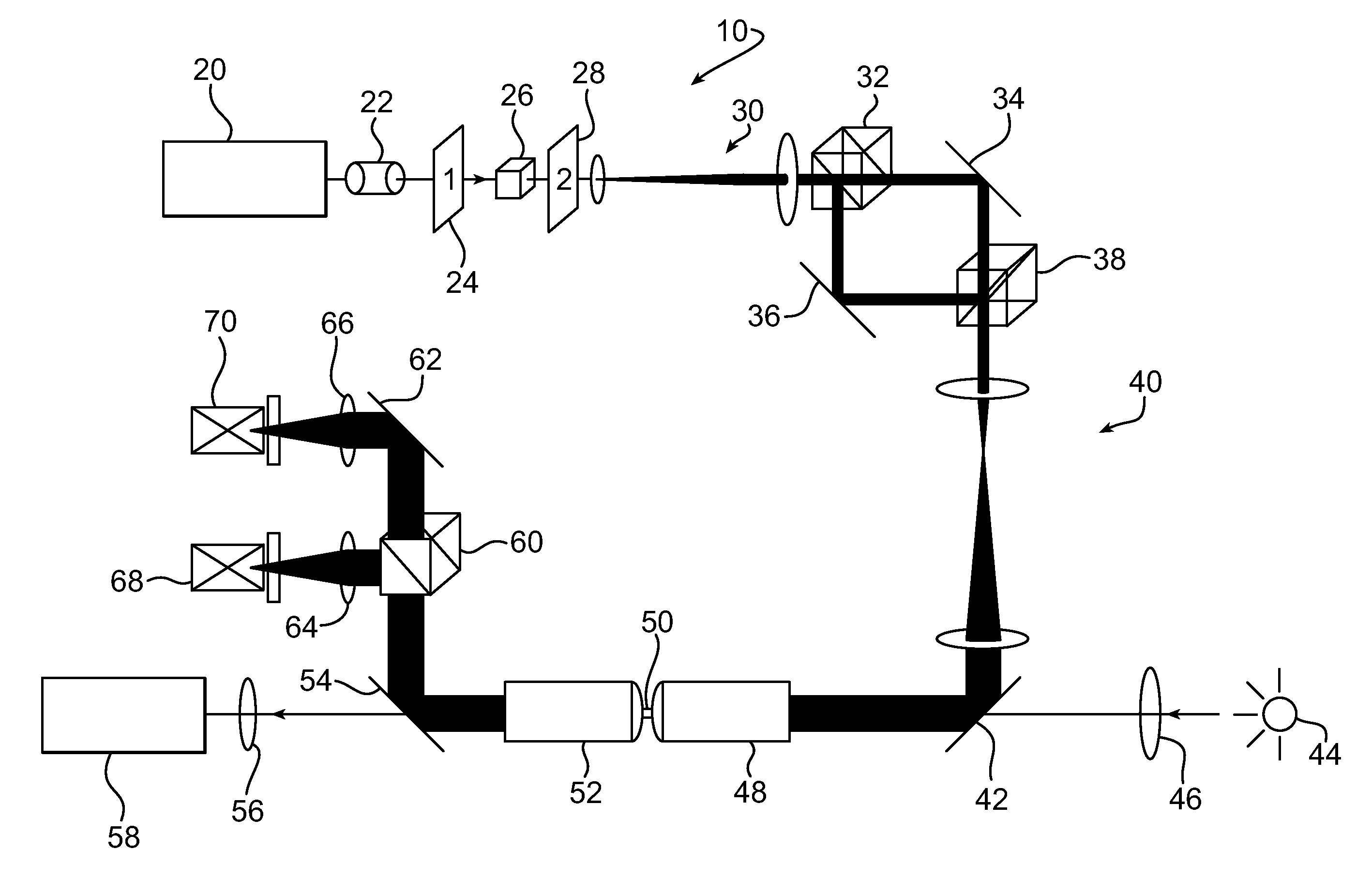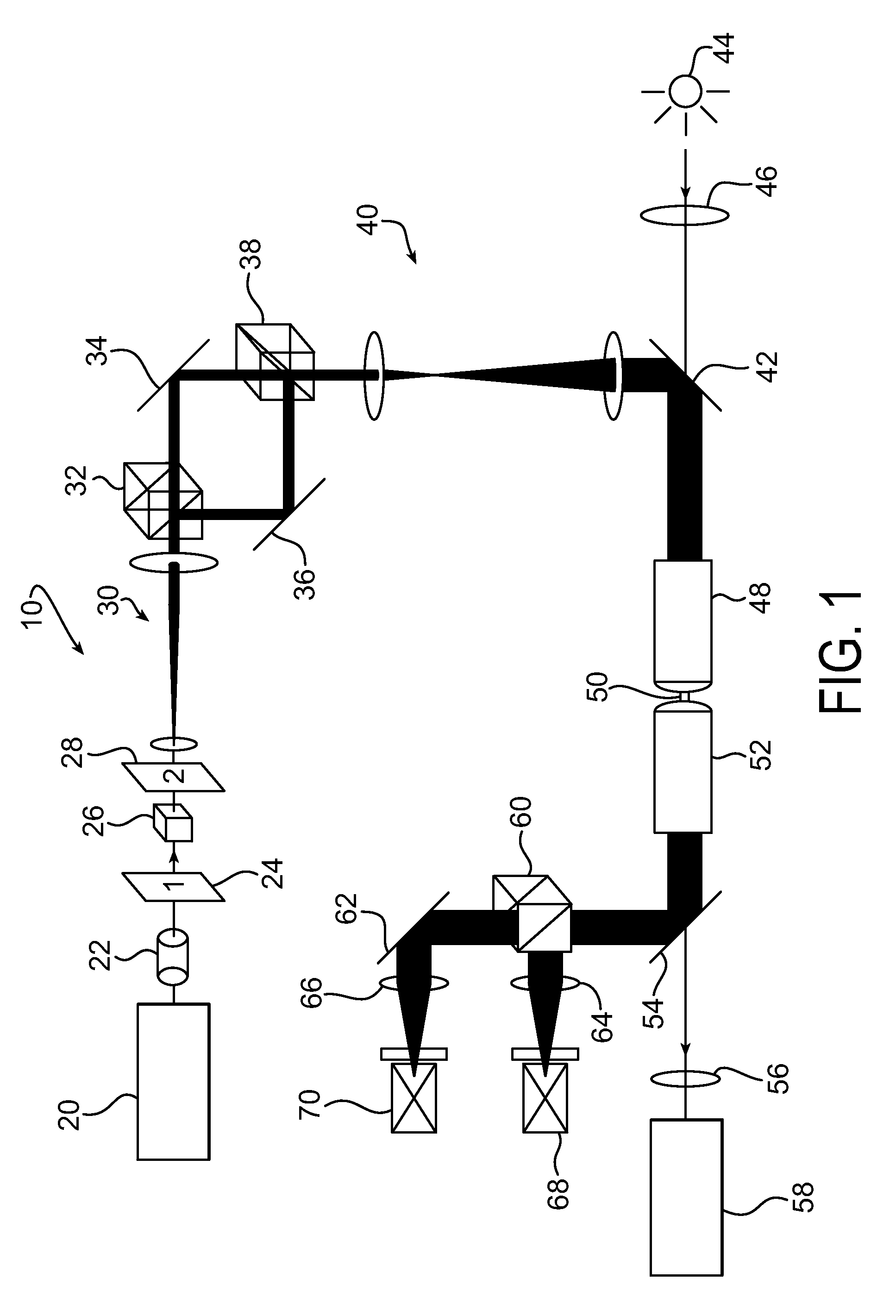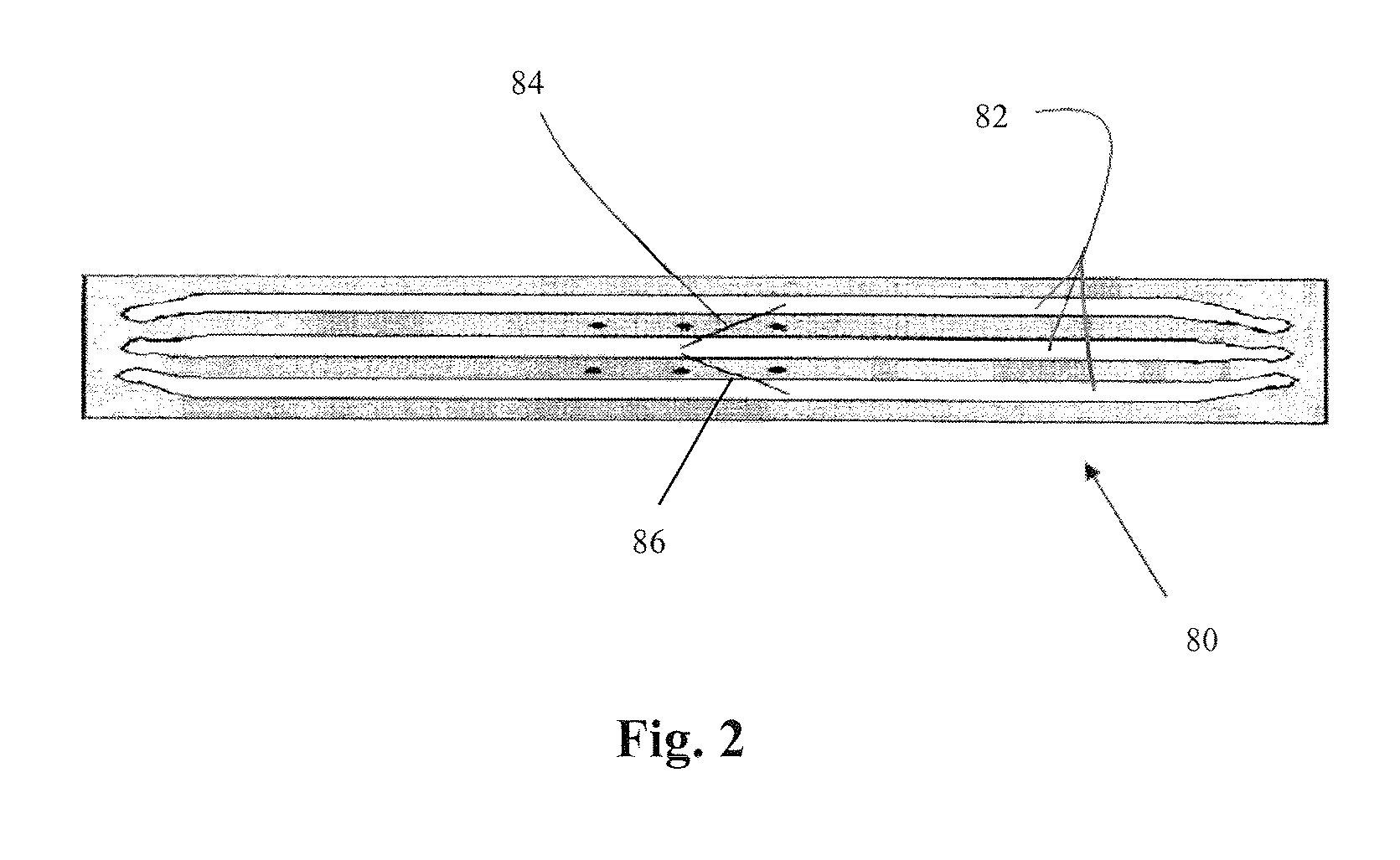[0002]In the case of viral infection, the infection starts with an initial peak of what is called “
viremia” a few days after infection.
Viremia is the medical condition where viruses enter the bloodstream and hence have access to the rest of the body. Viremia is followed by the decrease of the viral level as a result of the activation of a person's
immune system. The immune system interacts with the virus to either completely control viral infection, partially control viral infection, or not control viral infection at all which leads to increase in virus levels. The initial peak of viremia generally occurs within one or two weeks after infection. This initial peak of virus levels gives medical professionals a window for possible detection of viral copies and rapid diagnosis of viral diseases.
[0003]With viruses, bacterium or other microbes or pathogens, an
antibody is a molecule produced by the immune system of a human or an animal in response to a foreign particle or
pathogen. The antibody is able to chemically bond to a particular portion of the foreign particle known as the
antigen. A foreign particle may have several antigens, though a particular antibody binds to only one of them. The recognition and subsequent binding of the antibody are among the initial stages in the immune response, and specific antibodies are produced by the body in response to particular pathogens. Therefore, the presence of a particular antibody in the blood is an indicator of a particular infection, which may be found before the onset of any signs or symptoms of the
disease. In general, it has been the approach to look for the presence of the antibody as an indicator of
disease rather than to detect the
pathogen directly as the antibody levels in the blood generally far exceed the pathogen levels. After viral infection for example, a person's immune system will start to produce antiviral antibodies. Viral specific antibodies are usually generated within several weeks after infection. A medical professional can accurately diagnose a patient with a possible viral infection by examining the interaction of the anti-viral antibodies. However, levels of antibody may only become detectable using known techniques when the controllable stage of the
viral disease already passes.
[0006]Early treatment of an infectious
disease, such as that caused by a virus, bacterium or other pathogen, can provide an efficient therapy and immediate control of a virus (or other microbe)
outbreak. A rapid and accurate diagnosis of infection at the early stage of infection provides many benefits. There are currently three categories of
diagnostic methods: microscopic diagnosis, molecular diagnosis, and serologic diagnosis (which aims to detect the level of antibody against specific pathogens such as virus and microbes as described above). In microscopic diagnosis, individual viral particles can be observed with
electron microscopes. The microscopic detection of organisms stained with fluorescent dyes or other markers attached to antibodies has been developed for the
specific identification of some viruses. Although useful, fluorescent dyes will be destroyed under
prolonged exposure of the excitation light (where absorption is maximal) due to photoactivated chemical reactions, causing bleaching, and inhibiting proper detection. Such a problem makes the use of fluorescent dyes problematic in attempting to detect small numbers of or single virus particles, or other pathogens or microbes. Since only a few molecules of fluorescent dye can be attached to the single virus, which is usually very small (hundreds of nanometers and below), proper detection is inhibited. Due to the small amount of the dyes, bleaching only a few of them can cause the dramatic decrease of the
signal and even total loss of the signal.
[0009]The present disclosure relates to systems and methods that allow for
highly sensitive and simple detection method of viral and other microbe particles during the initial peak of viremia or infection. The system and methods may utilize
optical tweezers to provide a rapid and accurate detection method to identify the infection. By using focused
laser beams,
optical tweezers can trap and remotely manipulate
dielectric particles. The particles may include cells, bacterial and viral particles. The embodiments of the apparatus and methods of the present invention addresses the deficiencies of prior systems and methods, and allow a small reaction substrate formed at least one nano- or micro-particle to be used in detecting as little as a single microbe with high sensitivity. The systems and methods provide for detection of a microbe or other
analyte which can be effectively used in various environments, including where the virus, bacterium or the like is released, such as for combating bioterrorism in field environments, as in the case of bioterrorism for example. The invention simplifies use and detection at a very early stage of infection, and can be used to detect multiple analytes or microbes.
 Login to View More
Login to View More  Login to View More
Login to View More 


